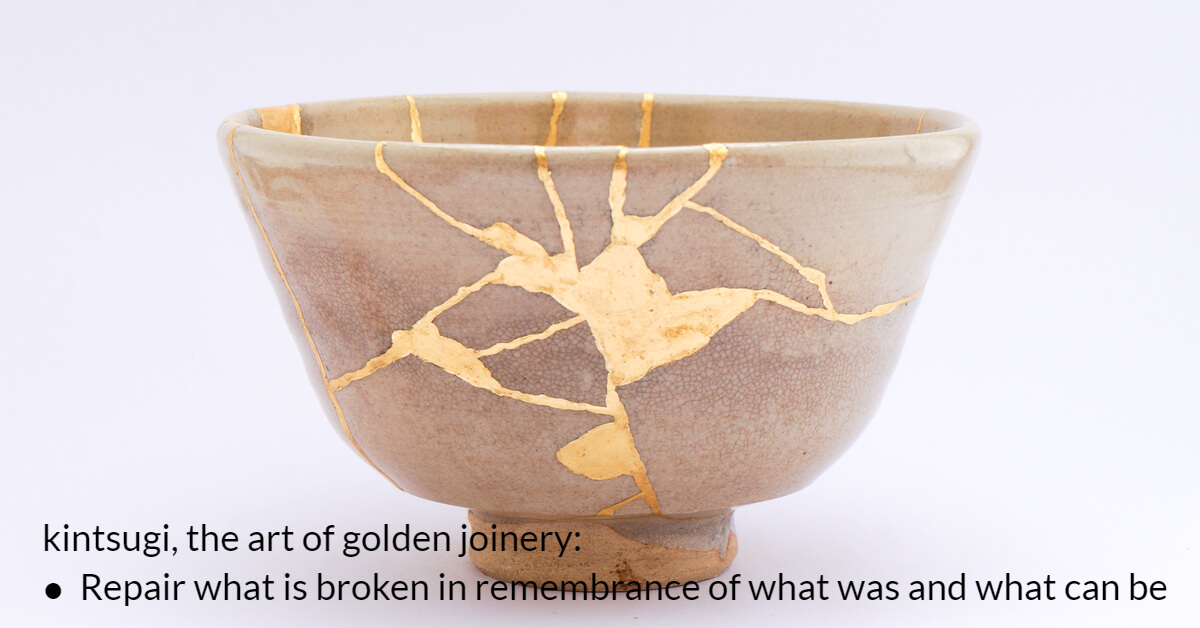On the evening of Aug. 24, 1814—as part of what would come to be known as the War of 1812—British forces set fire to the U.S. Capitol, burning much of it to the ground. Ultimately, reconstruction of the buildings would take 12 years to complete but led to the breathtaking dome and surrounding structures with which we are now all familiar. That landmark has now stood for close to 200 years.
Since then, the U.S. Capitol has been attacked six additional times:
July 2, 1915 • A man protesting American involvement in World War I exploded three sticks of dynamite outside the Senate Chamber. There was significant damage but no serious injuries. Learn more.
March 1, 1954 • Puerto Rican nationalists opened fire from the visitors’ gallery onto 200 representatives in the House Chamber. Five members of Congress were wounded. Learn more.
March 1, 1971 • A violent anti-war group calling itself the “Weather Underground” exploded a bomb on the Senate side of the Capitol. The explosion caused extensive damage but no casualties. Learn more.
Nov. 7, 1983 • A group calling itself the “Armed Resistance Unit”—protesting U.S. military action in Grenada and Lebanon—detonated a bomb…


